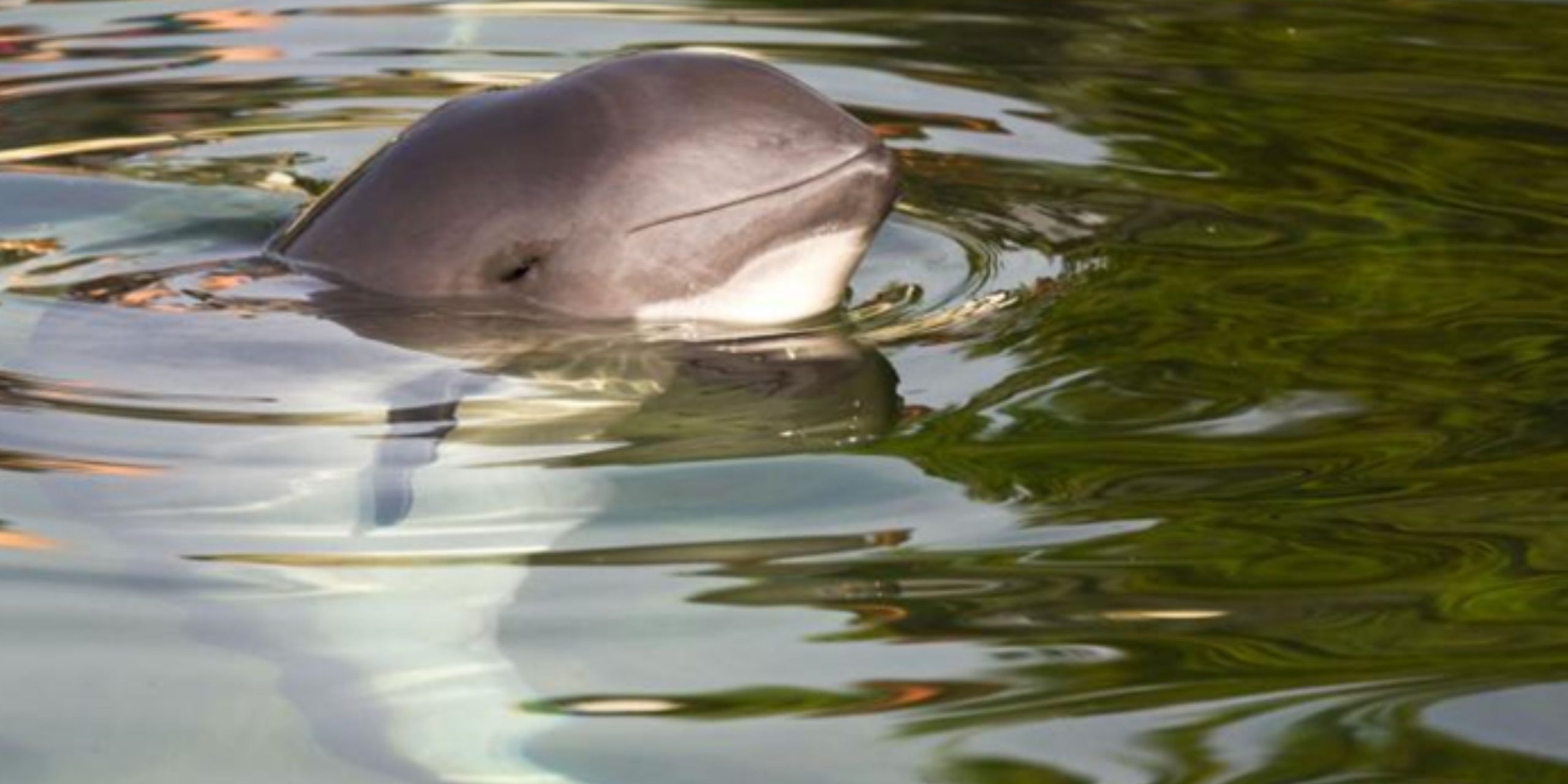Re-routing shipping lanes is one way to reduce the effects of underwater noise on the marine environment. However, large-scale diversions of this kind happen only rarely and until now ocean scientists have not been able to study how they might affect noise levels or marine life. When Denmark and Sweden decided to re-route the major shipping lane, called “route T”, for entering the Kattegat used by 40,000 ships annually, researchers at the Ecoscience department at Aarhus University in Denmark were quick to spot the opportunity for an important research project.
The Kattegat – the strait between Denmark and Sweden – is the main gateway to the Baltic Sea as it connects major harbours with the ‘outside’ world. With EU funding, Aarhus University worked with the Danish Environmental Protection Agency and Swedish colleagues on a large-scale study of the effects of underwater noise.
TANGO – a study on the underwater noise effects on harbour porpoises after re-routing a major shipping lane
The EU-funded study became possible as a result of the decision to change the route that large vessels take through the Kattegat, which lies between Denmark and Sweden. The previous route T (T for ‘tanker’) was established over 40 years ago, when ships were fewer and smaller. Today approximately 80,000 ships pass Skagen, the northern tip of Denmark, annually and half of these in the route T.
To reduce the risk of collisions, the old route T was supplemented by a new shipping lane named route S. It creates more predictable traffic patterns and increases the separation between ships travelling in opposite directions. The route S splits from the route T in the northern part of Kattegat and then continues east of and parallel to the route T and is established closer to the Swedish coast. This route S is now the recommended route through the Sound and into the Baltic for ships with a draught less than 8 m. Changing the patterns of the 40,000 vessels and the resulting likely changes in underwater noise patterns created an ideal chance for large-scale research.
The Aarhus researchers are fond of dancing, so their study on changes to route T quickly acquired the name TANGO. The project was carried out jointly with partners from the Swedish Museum of Natural History in Stockholm and the Swedish Defence Research Institute (FOI).
Before the route change in 2020, baseline data on underwater noise was collected by another research project. That one-year study was funded by the Nordic Council of Ministers and the Danish Center for Marine Research, in cooperation with FOI and Tallinn Technical University.
Following the route change, the two-year TANGO project has been collecting data on underwater noise levels and the distribution and behaviour of porpoises that can be compared with the results of the baseline study. To do this, the Aarhus researchers collected a year’s worth of data from sound recording devices to establish noise levels, supplemented by additional instruments called C-PODs. The C-PODs detect porpoises from their underwater calls. All were installed at sea and recovered thanks to their research vessel R/VAurora.
The preliminary results may be surprising as the number of porpoises is not affected by the shipping activity. Many of the large vessels that have been re-routed emit noise at low frequencies that porpoises cannot hear very well. The study has though shown that the porpoises react to individual ships at close range as the animals then can hear the higher frequencies of the ship noise. The result is that the animals may be less disturbed than we might assume from simply looking at the total noise levels across all frequencies.
Foundation for the future
The funding from the European Maritime and Fisheries Fund (EMFF) has ensured that the TANGO project will increase our understanding of underwater noise in general. More specifically, it will provide new knowledge about impacts on the marine environment related to re-routing of shipping lanes.
The Baltic Marine Environment Protection Commission (HELCOM) will use knowledge gained from the TANGO project to implement its Baltic Sea Action Plan and the HELCOM Science Agenda. TANGO’s results will also contribute to ongoing discussions about re-routing shipping lanes as a way to protect the marine environment elsewhere. For instance, TANGO will appear as a case study in the EU-funded SATURN project, which is researching solutions to the problem of underwater noise from cargo ships and other vessels (Saturn | Developing Solutions to Underwater Noise (saturnh2020.eu)
Source: European Commission | Ocean and fisheries (https://bit.ly/42MxCpB)
